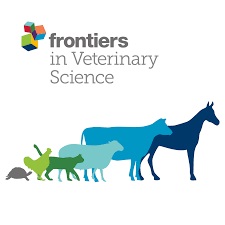Participatory epidemiology: Principles, practice, utility, and lessons learnt
Abstract
Participatory epidemiology (PE) evolved as a branch of veterinary epidemiology and has been largely employed for the control and early warning of infectious diseases within resource-limited settings. It was originally based on combining practitioner communication skills with participatory methods to facilitate the involvement of animal caretakers and owners (embracing their knowledge, experience, and motivations) in the identification and assessment of animal disease problems, including in the design, implementation, monitoring and evaluation of disease control programs, policies, and strategies. With the importance of understanding social perceptions and drivers receiving increasing recognition by epidemiologists, PE tools are being adapted for an increasingly wide range of settings and endeavors. More recently, PE tools have been adapted for use in food and nutrition security programs, One Health activities, wildlife disease surveillance and as part of mixed-methods research across a range of socio-economic settings. This review describes the evolution of PE (in relation to veterinary epidemiology and briefly in relation to public health epidemiology), the underpinning philosophy and principles essential to its effective application and the importance of gender-sensitive approaches and data triangulation, including conventional confirmatory testing. The article also provides illustrative examples highlighting the diversity of approaches and applications of PE, hallmarks of successful PE initiatives and the lessons we can learn when these are missing. Finally, we look forward, describing the particular utility of PE for dealing with emerging infectious diseases, gaining attention of field-level cross-sector officials who can escalate concerns to a higher level and for continuing to raise the voices of those less-heard (such as women, minority groups, and remote communities with limited exposure to formal education) in defining the problems and planning activities that will likely impact directly on their well-being and livelihoods.

